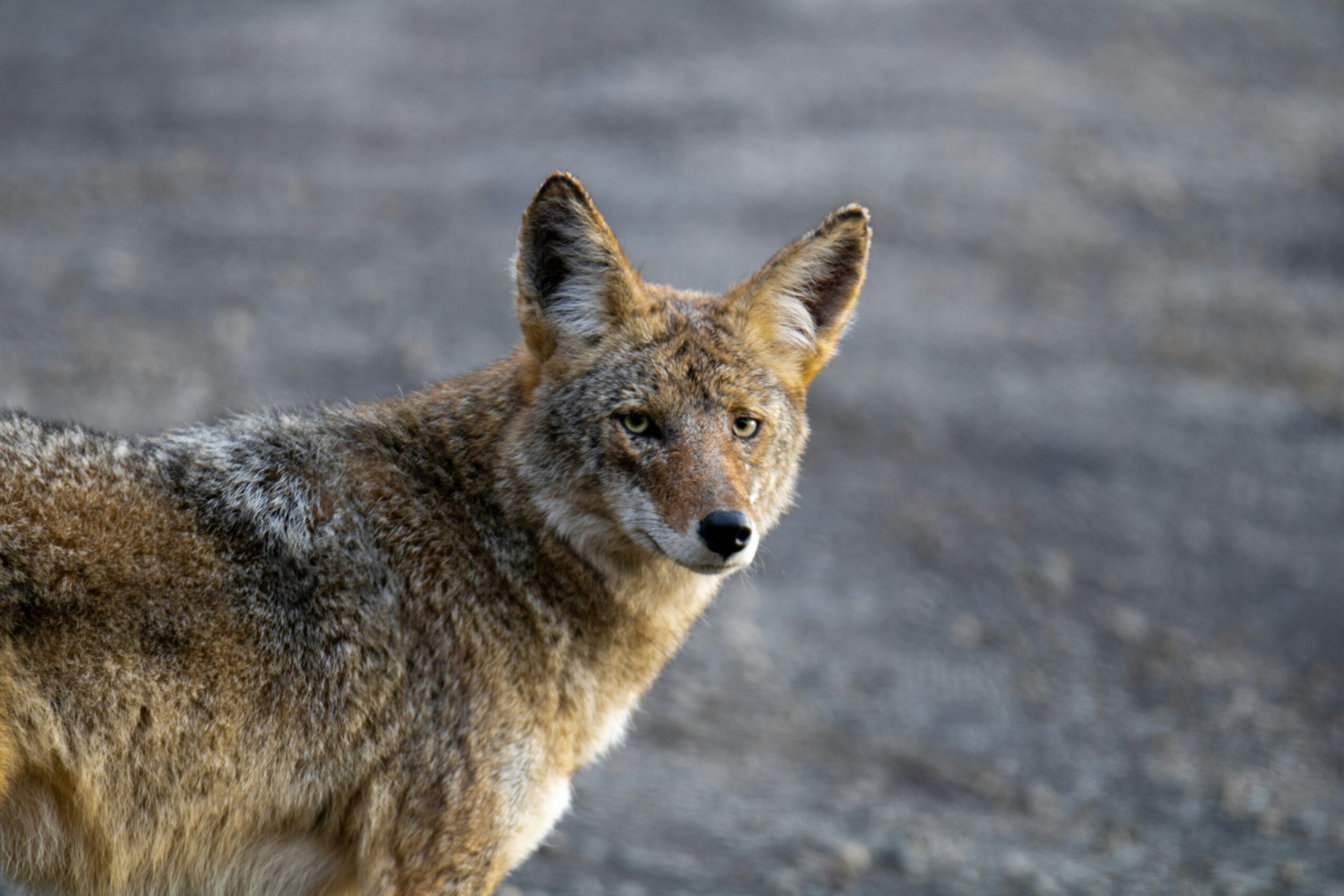Population and Distribution of Coyotes in Oregon
Coyotes populate virtually every corner of Oregon. Their range spans from the high deserts of eastern Oregon to the Willamette Valley farmlands and the dense forests of the Cascade Mountains and Oregon coast. While no official census exists, wildlife biologists estimate Oregon’s coyote population hovers around 300,000 animals, though the exact number remains unknown due to their elusive nature and wide distribution.
According to the Oregon Department of Fish and Wildlife (ODFW), coyotes in eastern Oregon typically display tan-brown coloration with streaks of gray and black, while their western Oregon counterparts tend to have darker, more brownish coats that blend better with densely vegetated landscapes. Urban adaptation has become a notable trend in recent decades. Many coyote territories now exist in suburbs, towns, and cities, particularly near golf courses and parks.
Ecological Benefits of Coyotes
Coyotes serve as important ecological regulators in Oregon’s diverse ecosystems. They primarily consume rodents, which make up the bulk of their diet in both rural and urban settings. Many golf courses, cemeteries, and parks report significant decreases in gopher damage after coyotes establish territories in these areas.
Beyond rodent control, coyotes help manage other wildlife populations:
- They scavenge on dead animals that might otherwise spread disease
- They help control excessive goose populations in urban parks and agricultural areas
- They can reduce feral cat numbers, which benefits native bird populations
This predatory role helps maintain healthier ecosystems with more balanced wildlife populations, ultimately benefiting Oregon’s biodiversity as a whole.
Coyote Behavior and Family Life
Coyotes typically mate in February, producing litters averaging four pups about two months later. These family units become the foundation of coyote social structure, with both parents participating in raising young. Juvenile coyotes learn hunting skills by practicing on insects before venturing out on their own at 6-8 months of age.
While coyotes primarily hunt alone or in pairs, they communicate extensively through their distinctive howls, yips, and barks. They are most active during dawn and dusk but may adjust their schedules in urban areas to avoid human activity.
Coyotes are omnivorous opportunists, consuming everything from rodents and rabbits to fruits, berries, and sometimes small deer when hunting in groups. In urban environments, they may also eat pet food, garbage, and occasionally pets if available.
Coyote Hunting in Oregon
For those interested in hunting land for sale in Oregon, coyote hunting presents year-round opportunities with no closed season or bag limits. However, a valid Oregon hunting license is required. Here are some hunting practices to consider:
- Both electronic and mouth-blown calls are permitted
- Shooting hours on public lands are typically restricted to daylight hours
- Night hunting is allowed on private land when acting as an agent of the landowner with proper permission
Hunters should note that while coyotes are classified as unregulated predators in Oregon, ethical hunting practices and respect for property boundaries remain essential.
Living with Coyotes in Rural and Urban Settings
As coyotes continue to adapt to human presence, learning to coexist becomes increasingly important. Most coyote conflicts stem from animals becoming habituated to humans, usually because they have gained access to food or shelter.
Prevention Tips for Rural Properties
Rural landowners can minimize conflicts by:
- Securing livestock in coyote-proof enclosures at night
- Removing potential food sources like fallen fruit or unsecured garbage
- Keeping domestic pets supervised, especially at dawn and dusk
- Maintaining clear areas around homes and outbuildings to reduce cover for coyotes
Urban and Suburban Solutions
In more developed areas, residents should:
- Never feed coyotes, intentionally or unintentionally
- Feed pets indoors or promptly remove outdoor dishes
- Keep cats indoors and dogs leashed during walks
- Secure garbage cans with wildlife-resistant lids
- Remove bird feeders that attract rodents which in turn attract coyotes
If you encounter a coyote that does not immediately retreat, make loud noises, wave your arms, throw small objects nearby (not at the animal), and generally make yourself appear larger and more threatening. This “hazing” helps reinforce coyotes’ natural wariness of humans.
When Coyotes Become Problematic
While coyotes rarely pose threats to humans, bold behavior like approaching people without fear, following children, or killing pets in daylight should be reported to the Oregon Department of Fish and Wildlife. In these rare cases, removal of problem animals may be necessary.
For livestock producers experiencing repeated depredation, ODFW works with Wildlife Services to address persistent issues through both non-lethal deterrents and, when necessary, targeted removal of problem animals.
The Future of Coyotes in Oregon
As Oregon’s human population continues to grow, interactions with coyotes will inevitably increase. Education about coyote behavior and simple preventive measures remains the most effective strategy for reducing conflicts while allowing these native predators to fulfill their ecological role.
For those considering buying Oregon hunting land, understanding coyote habitat and behavior can enhance both recreational opportunities and sustainable land management practices. By maintaining healthy ecosystems that include predators like coyotes, landowners contribute to Oregon’s natural heritage while potentially reducing problems with overabundant prey species.


